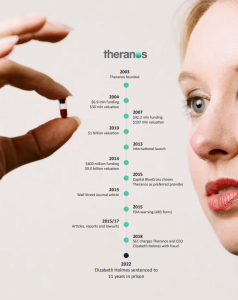4. Test the solution with end users early
When testing a solution, we often think of testing the entire product. But it is precisely in interim tests where opportunities lie. By involving end users during the process, risks can be identified early on. This limits expensive adjustments that might be needed later on.
How do you approach interim tests?
Do not make interim tests larger than necessary. See where the product interferes with the end user's process. Then make the problem as small as possible, so that it can be tested with the simplest possible means. This can be done with simple drawings or cardboard scale models, or more extensive 'proof of concepts' with which part of the product is emulated.
5. Think about risks beforehand
With interim testing, risks can be identified at an early stage. That does not mean that risks should not be thought about more deeply. That can be a challenge. Because the technical, creative brain is often (too) optimistic and does not want to think about possible problems. Nevertheless, it is important to tame that optimistic brain by thinking beforehand with the multidisciplinary team about risks that may present themselves sooner or later. This partly prevents later (expensive) investments and saves you time.
6. Keep the scope small
When you are working on product innovation, it's tempting to think big. There is nothing wrong with that, but it is better to refrain from it during the definition and development process. Keep it simple! By keeping the idea small and simple, you can get it to market quickly. In addition, the investment is minimal, limiting risks and generating income faster. And speaking of risks: a minimum viable product in practice brings out more (unforeseen) risks than when just thinking about it behind your desk.
A smaller scope therefore ensures a lucrative and more efficient process. By entering the market with a minimum viable product, you can learn from the field in no time ➞ these learnings can be applied in the product ➞ the next version will certainly meet the needs of the end user even better.
7. Specify the product in functions and interfaces
When you have a good idea, you usually don't just think about the problem. The solution is already waiting in the corner of your mind. That can make it challenging to look beyond the solution you've come up with. It is therefore wise not to formulate the product in solutions, but in functions, behaviour and interfaces.



